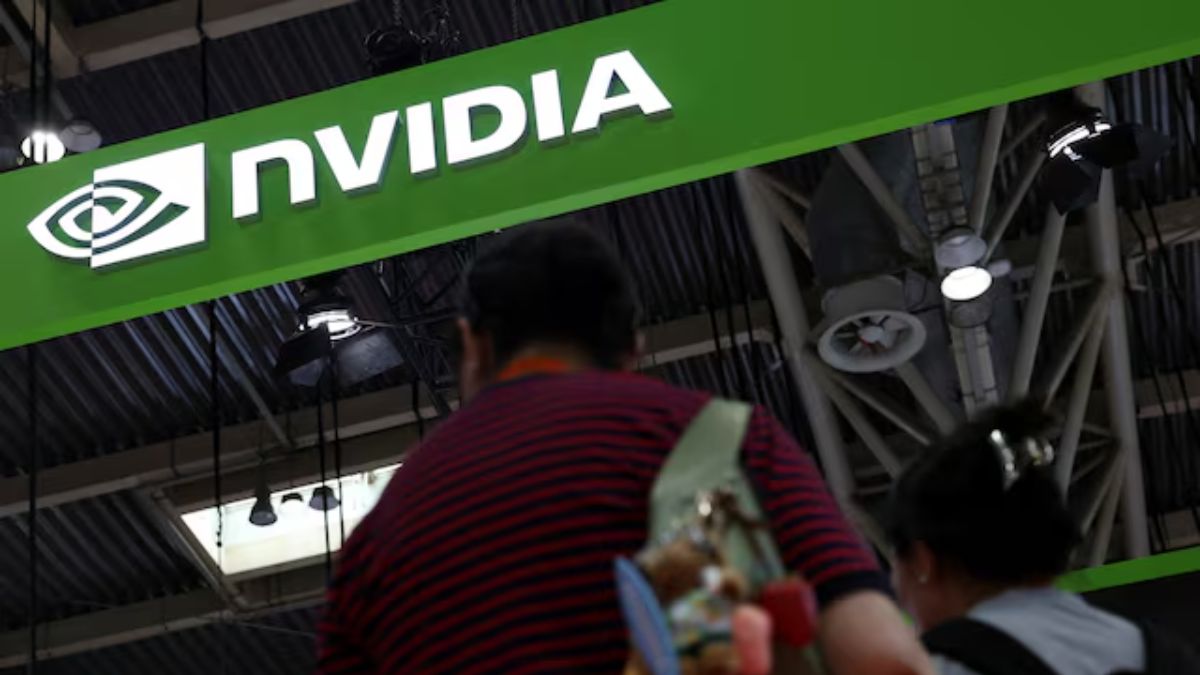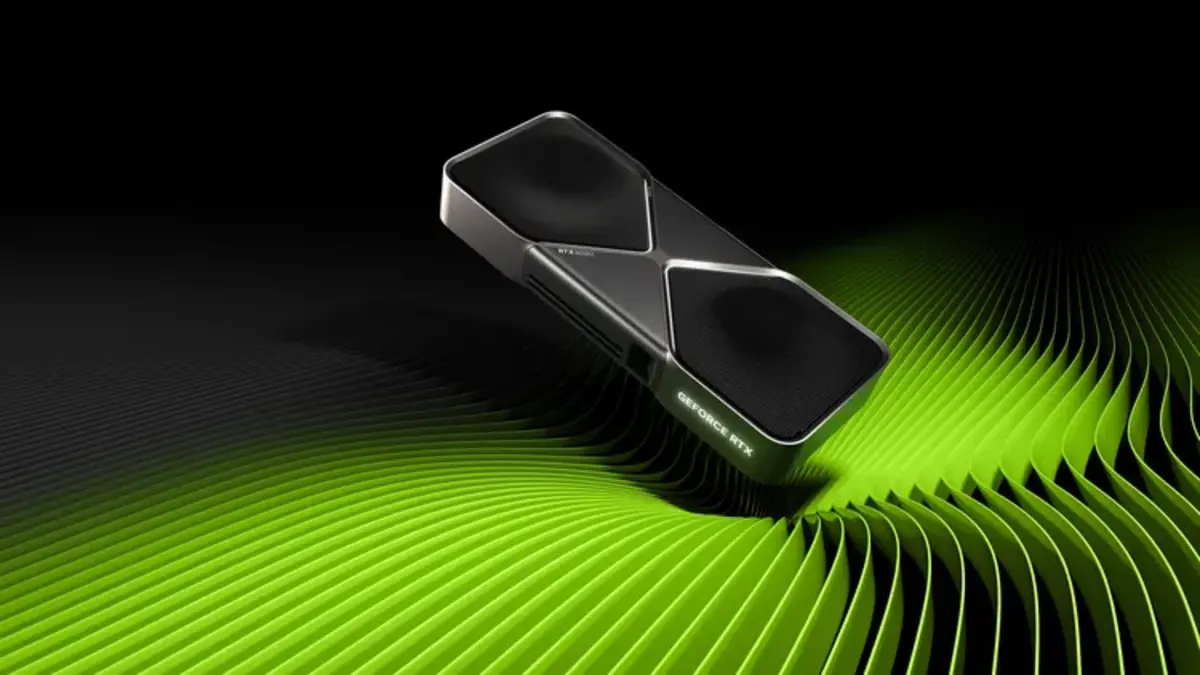The AI landscape is evolving, with new technologies pushing boundaries beyond the language models that have dominated the current boom.
Among the companies leading this charge are Nvidia, Niantic (the creators of Pokémon Go), and World Labs.
They are focusing on a new frontier: geospatial AI, or spatial intelligence, which allows models to see, think, and act in time and three-dimensional space.
Nvidia’s Earth-2: Predicting Weather and Climate
Nvidia’s Earth-2 project is a powerful geospatial AI model combining physics simulations and computer graphics. This technology is already being used to predict extreme weather events, helping logistics companies and residents in vulnerable areas.
Major organizations like the National Oceanic and Atmospheric Administration and Taiwan’s Central Weather Administration are adopting Earth-2 for its accuracy in weather forecasting.
Niantic’s Role in Spatial Intelligence
Niantic, best known for Pokémon Go, is also a key player in spatial intelligence. The company has developed a 3-D map of the Earth using player-uploaded camera scans.
With over 10 million scanned locations worldwide, Niantic’s visual positioning system is one of the most detailed ground-level 3-D maps available. This technology has potential applications beyond gaming, including spatial planning, immersive experiences, and logistics.
Niantic’s advantage lies in its vast dataset of crowdsourced location scans, which it can use to train its spatial models—something other companies in the field will need to replicate.
World Labs: A New Contender in Geospatial AI
World Labs, a start-up led by AI pioneer Fei-Fei Li, is also working on a geospatial model similar to Niantic’s.
With $230 million in funding and a valuation of $1 billion, World Labs aims to create interactive 3-D worlds at a fraction of the cost of traditional virtual worlds. This could unlock a range of applications beyond gaming, such as virtual experiences and intelligent warehousing.
The Future of Spatial Intelligence
While Niantic, Nvidia, and World Labs are pursuing similar goals, each is leveraging its strengths. Nvidia is using its expertise in AI and computer graphics to power Earth-2’s complex simulations.
Niantic’s massive crowdsourced data gives it an edge in building detailed 3-D maps. World Labs, with its focus on computer vision, aims to make the creation of virtual worlds more accessible and affordable.
As these companies continue to develop their technologies, the next breakthrough in AI could come from any of them, with massive potential for new applications in gaming, logistics, and beyond.












Leave a comment